|
I love my skein winder. A niddy noddy is a lovely tool, but all too often I'd put off winding yarn from a bobbin because I just couldn't be bothered to do it. So a skein winder is a really useful tool if you can afford one, and if you procrastinate on winding skeins. Now I have been through several skein winders in my quest for the one true device. I owned an Ashford Skein Winder, the mark 1 version. And to be frank, Ashford should be ashamed of themselves, because at £80 it was a shockingly poor piece of kit. The method of securing the the upright to the base resulted in a device that wobbled as soon as you used it for a moderate length of time. The adjustment able arms often didn't hold their tension, and the non-adjustable pegs ended up falling out regularly for me. There was no tensioning device either, and the arms were fixed in position making it a pain to store when not in use. The new Mark 2 version is much better, but comes with a hefty rise in price, currently it's around £180. I also owned a Majacraft skeiner, which wasn't really any better, with the added inconvenience of a triangular base that meant to matter where you put it there was also something sticking out to impale you, and again... the pegs in the arms weren't the best of fits. The free-standing option doesn't seem to be on the Majacraft website anymore, but I did find a few places with stock, and at £150 it's a lot of money for a tool that isn't great. But this isn't a series about tools I think could be better... it's about bits of kit that I really love. It's from here. He's a German maker, I am lucky enough to own one his spinning wheels, which is what led me to the site. It's really well made and feels really solid. Now the site is only in German, but I only spent 1 year studying German at school, and the joy of Google Translate is that it's not that hard to work out what you need to do in order to place an order. Payment is unfortunately only by bank transfer, so bear that in mind when working out the price (some banks will charge extra for international bank transfers). At the moment here in the UK you can order and won't need to pay extra to receive your order, but that will change after January 1st. When you're not using it the arms fold up to reduce the space it takes up, this is also how you adjust the diameter of the skein. There's also a built in rotation counter (so you know how many turns you've done, and can then use this method to calculate your yardage), and on the base there's a lazy kate with a tensioning device. I also use it as a swift to then wind skeins in to balls of yarn. I just reduce the circumference of the skeiner by moving the arms closer together and have slackened the screw holding the flipper on the counter so I can rotate it out of the way so it doesn't click as I rotate the winder.
The centre uses a proper sealed bearing so you never need to worry about nuts tightening or coming undone. The base is heavy, I use this on the floor whilst seated on the sofa, and have never felt the need to clamp it down. The pegs in the arms are completely solid, even after years of abuse there's no hint of a wobble, or danger of them going loose. It's been the tool I've used to skein miles and miles of yarn, and at no point have I ended up threatening to throw it across the room. It's a little bit more expensive than the new Ashford one, but it's a much better bit of kit, and something you'd prize from my cold dead hands! This is the second post in a series, highlighting bits of equipment that I love. I have paid for all of these items, they're not ones that I have been given. If I've bought them at a show I may have received a slight trade discount, but it's never been one I've asked for, and in all cases I've been prepared to pay the full price. If you're not a guild member it can sometimes to be hard to get a sense on what it's really like to use a piece of equipment. I'll be scrupulously honest, if I like a piece of equipment I'll say so and explain why. If other options are available, and I've tried them I'll explain why I don't like them. Bobbins usually come along with any wheel you purchase. It used to be you were stuck with the bobbins that came with your spinning wheel, or would have to ask a wood turner to make a copy. However, the new 3D printing technology now means it's possible to step outside of the ones made by the manufacturers. I've owned a Schacht Matchless for a number of years now, I bought it second hand and it came with the standard 4 bobbins. I wanted more bobbins to allow me to spin for a bigger project, without having to stop and wind off singles on to storage bobbins. Schacht bobbins in the UK are eyewateringly expensive compared to the bobbins of other wheel manufacturers. It's got slightly better now they have the brown plastic ones, but they're still a lot of money for a piece of moulded plastic. I'd come across Akerworks bobbins on Ravelry, and thought how great they looked. Then I costed out buying them... with the exchange rates of 8 years ago it came out at the same price for me to order 3 bobbins from Akerworks as it was to have 3 original wooden Schacht bobbins, even taking in to account international postage and customs fees. As a bonus they would be in the colour of my choosing, and they'd be lighter (better for spinning fine yarn), and they would breakdown and be easier to store when not in use. If you have a wheel with slightly less eye wateringly expensive manufacturer made bobbins then Akerworks probably are more expensive, but they are lovely to use and definitely easier to store when not in use. The ends are 3-D printed and then rotate and click on to a shaft, they spend a lot of time testing bobbins, so they're a really good fit on the flyer shaft, definitely no rattling! Because the ends have missing sections the bobbin is really lightweight, which makes it much easier to spin finer yarn as the bobbin has less momentum. You also get the very cool effect of seeing your yarn build up in layers of different colours. If Akerworks aren't in the budget then there are now quite a few open-source files to 3-D print all sorts of spinning wheel bobbins. You can either look for a local Makerspace with a 3D printer, or there are companies that will print files for you on places like Etsy, or there are links on Thinngverse to companies who will print the files.
This is the first of what I hope will be a series of posts highlighting bits of equipment that I love. I have paid for all of these items, they're not ones that I have been given. If I've bought them at a show I may have received a slight trade discount, but it's never been one I've asked for, and in all cases I've been prepared to pay the full price. If you're not a guild member it can sometimes to be hard to get a sense on what it's really like to use a piece of equipment. I'll be scrupulously honest, if I like a piece of equipment I'll say so and explain why. If other options are available, and I've tried them I'll explain why I don't like them. I am a bit of a Lazy Kate zealot. It's always on the equipment list for the spinning workshops I teach, and I emphasise that the "built-in" Lazy Kate with most spinning wheels, is not a Kate, it is simply bobbin storage. A good Kate needs to be separate from your wheel so you can position it to the side and ideally slightly behind you. Techniques like chain plying are made so much more difficult if you're trying to pull the single up past your moving knees and then guide them back to the orifice. In it's most basic form it can be as simple as a shoe box and some knitting needles, add in some plastic bags below the bobbins to act as resistance, and you actually have a very functional Kate. If I'm just doing a plain 2-ply I am content working with a non-tensioned Kate, but if I have a choice (and cough... I seem to have ended up with multiple choices), I will reach for one that is tensioned every time. In my possession I currently have... - A handmade upright Kate in the style of this Ashford one. This one gets used pretty regularly. - An arched Schacht Kate. I really dislike this one, and never use it, I only still have it as it came with my Matchless spinning wheel. - A flat base model like this one (though not this exact Kate, but it has upright spikes, and the same tension mechanism). Again, it came with a wheel, I don't use it. My favourite, and the one I use most is this one by Louet. It has all the features I look for in a Lazy Kate, it's simple to set up, has the ability to add slight resistance to the bobbin rotation, and will take all of my many different sizes of bobbins, and the many I've come across in workshops. It definitely takes, Schacht, Ashford, Majacraft, Louet, Woolmakers, and Hansen. This versatility is one of the reasons I love it, a kate that uses 2 upright posts either side of the bobbin support always runs in to trouble with differing length bobbins. It's a Kate I often take with me to workshops and usually end up lending out. During my course at Summer School numerous people borrowed it, and all were amazed at how well this really simple design works. I think a few were planning on adding it to their Christmas/Birthday list. It's not cheap...and of course the exchange rate of the Pound against the Euro hasn't helped. I suspect if you knew someone who was handy at wood working, and was capable of adding an embedded threaded tension knob it wouldn't be hard to make your own version. The right kit really can make all the difference to how easy it is to do a task, and particularly for something like chain plying, a lazy kate that offers the Goldilocks sweet spot of resistance to the bobbin rotation is absolutely key. I've tried other kates that use a piece of string with a spring in the groove of the bobbin (in the same way as you brake the bobbin using Scotch tension), and I find that it's either got too much resistance so I'm jerking the bobbin to pull off the singles, or there's not enough resistance to prevent back spin. To add resistance for this model you just alter the angle of the whole Kate by turning the black knob, adjusting the angle, and then tightening it again to fix it in place. Minimal resistance happens when the Kate is nearly horizontal, with the resistance increasing as you bring the spikes closer to upright. I think this shape of kate has advantages over an arched kate because the singles running off a bobbin are never rubbing past or over another bobbin. It's set up so you can use it with 4 spikes for smaller size bobbins, and then turn it over and relocating the spikes in to the 3 holes for larger size bobbins. However, in my experience I tend to leave it set up with the 4 hole configuration, as it will still hold 2 large bobbins. So far I've not found a make of bobbin it won't hold, it even works with bobbins that breakdown like my Akwerwork ones, that don't have a flat surface on one end. The only model I can't remember testing it with, and confirming the fit is Lendrum. The other bonus is of course it's size... if a 4-ply yarn is on your spinning list you can just use a single Kate. When I'm not using it the whole thing gets folded flat and then slid under the sofa.
If you're in the UK there are a few stockists of Louet products, the following list the Kate on their websites, other dealers may be able to order it if you enquire directly. -Weftblown (not in stock currently, but they will order it in for you) - The Threshing Barn (Janet doesn't yet operate a webbed shop, so you will have to see her at a fibre festival, or ply phone tag to order it over the phone) - Hedgehog Equipment (Again, Sarah doesn't run a web shop, but you can order over the phone). The full list of Louet dealers is on the Louet website. |
Archives
January 2024
Categories
All
|
Hilltop CloudHilltop Cloud- Spin Different
Beautiful fibre you'll love to work with. Established 2011 VAT Reg- 209 4066 19 Dugoed Bach, Mallwyd, Machynlleth,
Powys, SY20 9HR |

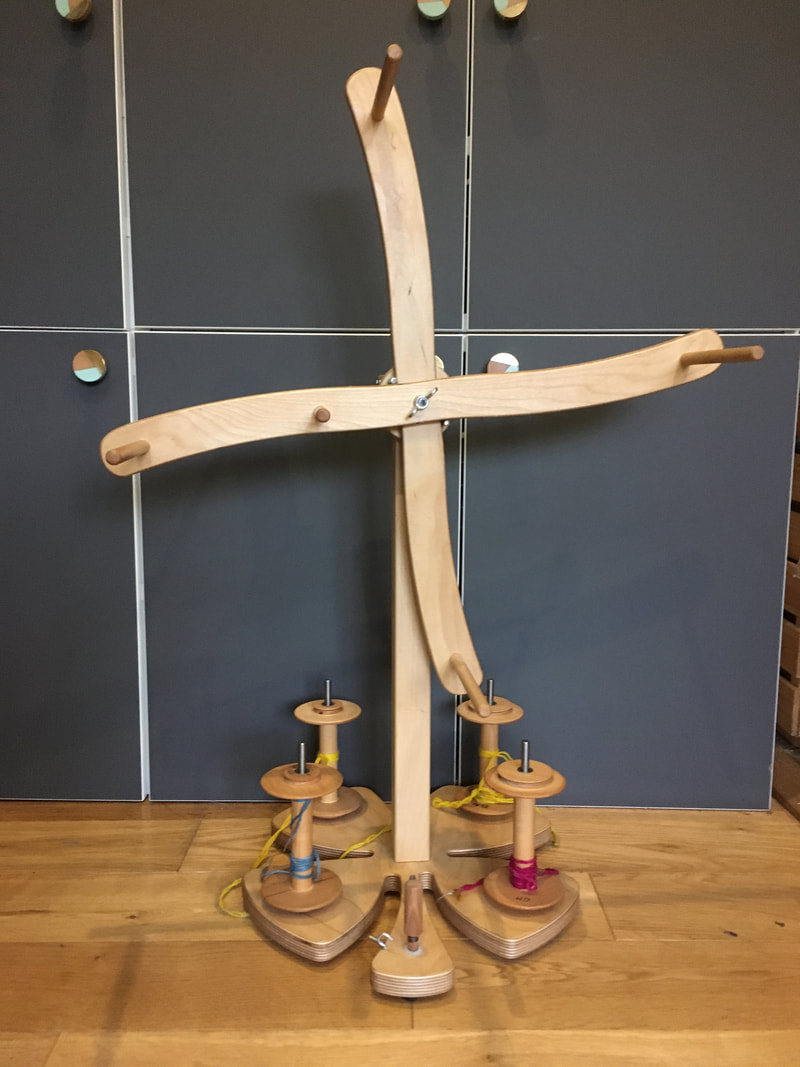
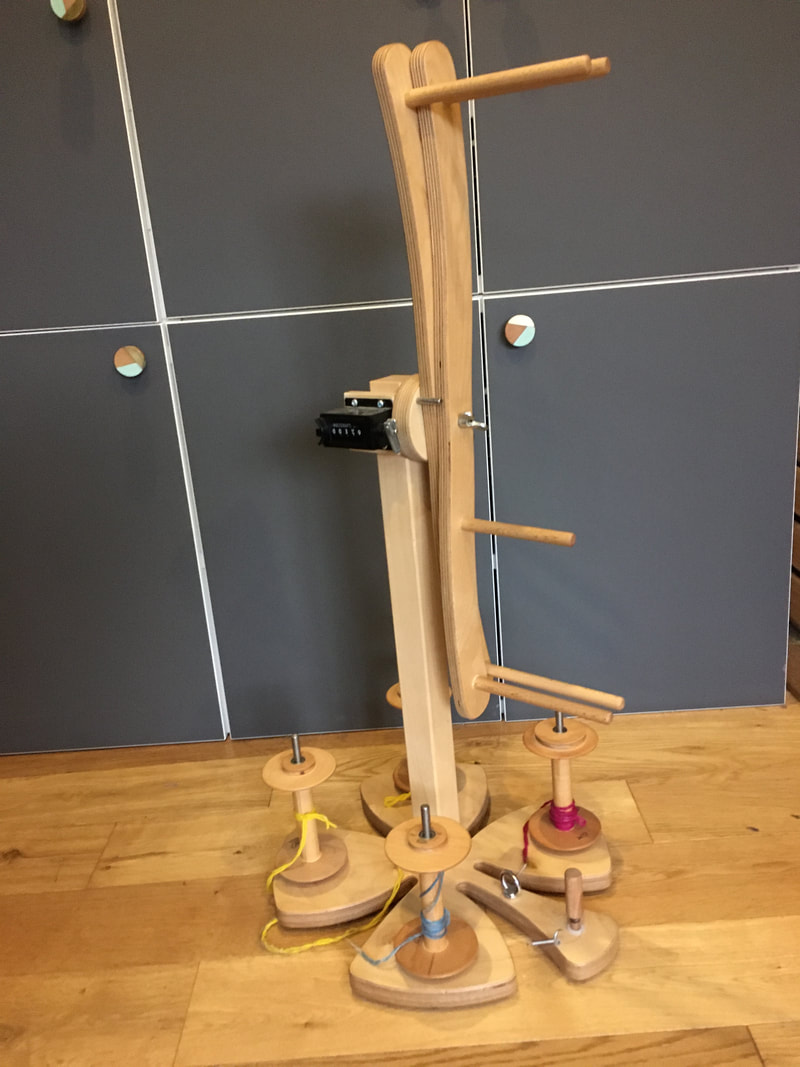
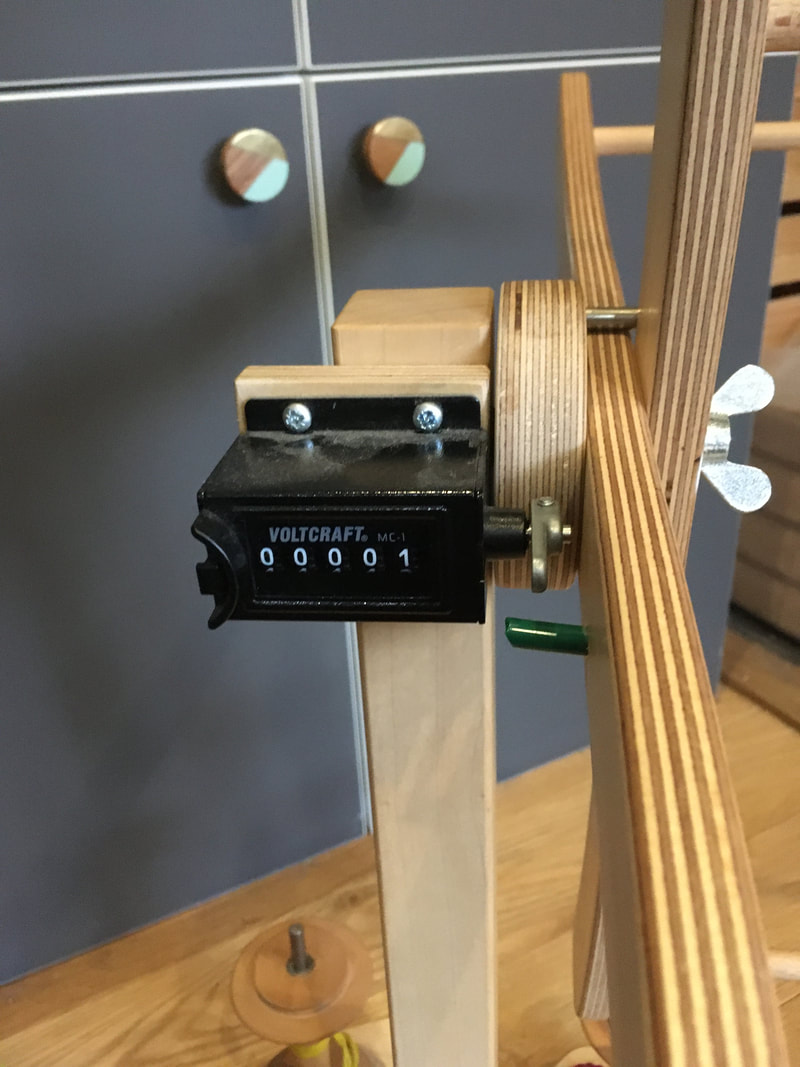
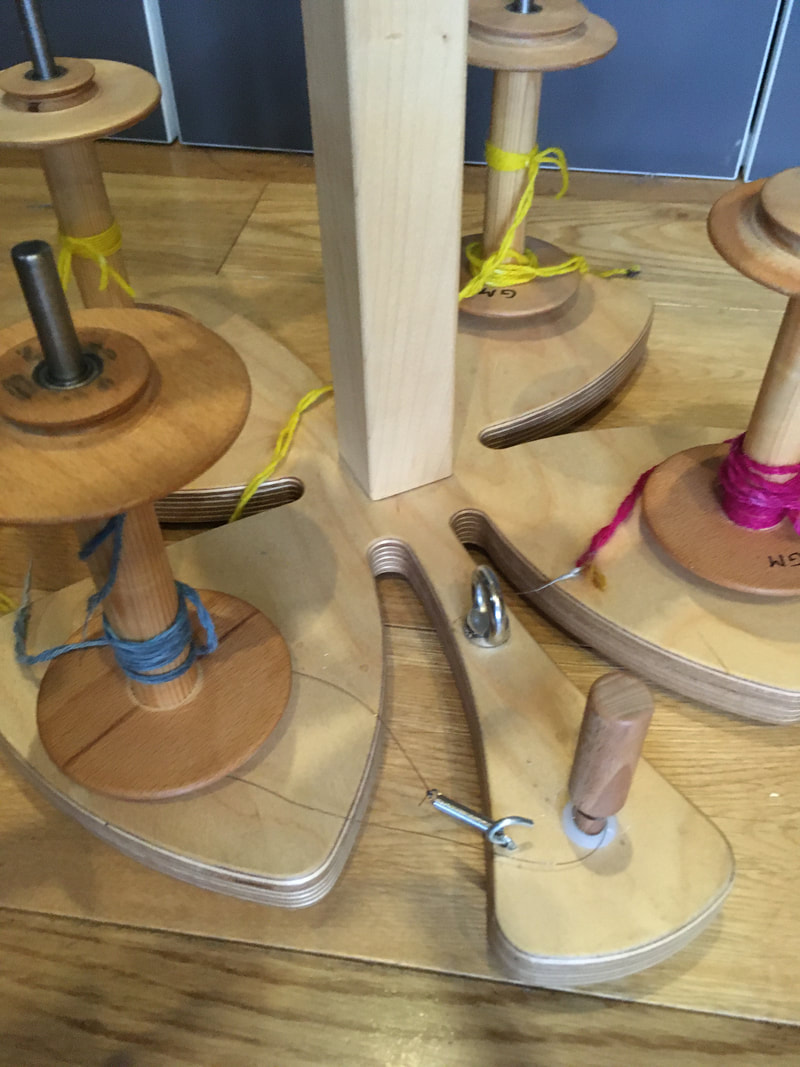
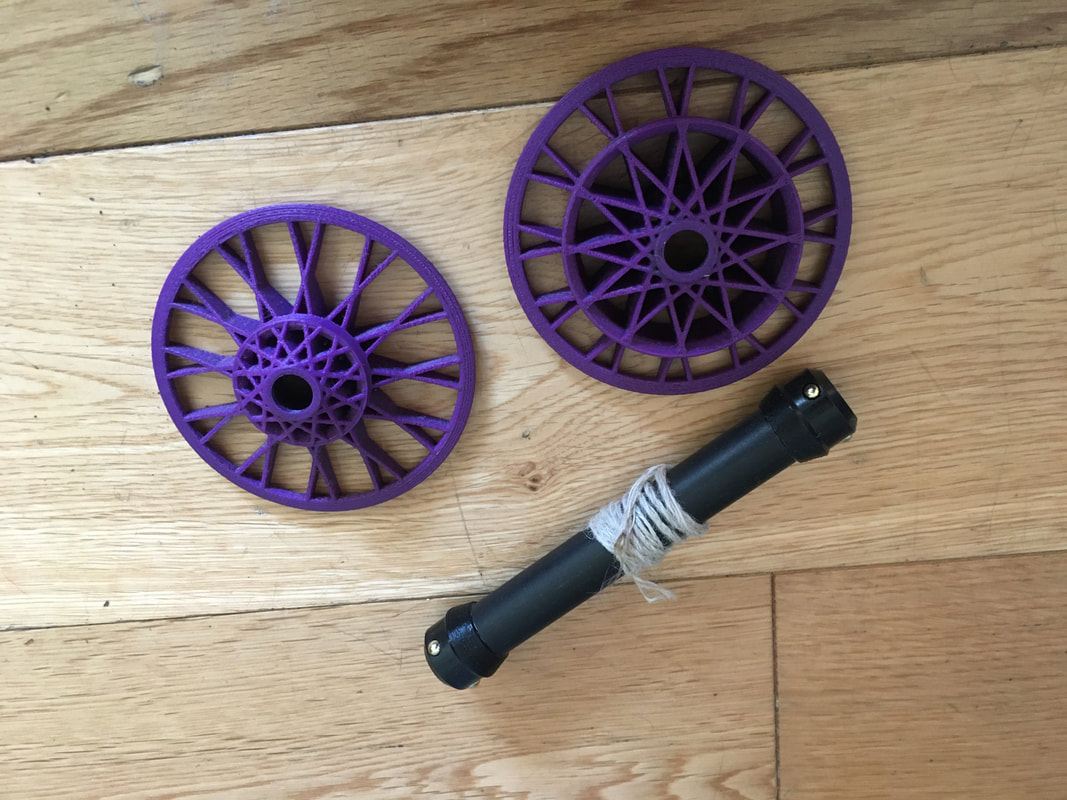
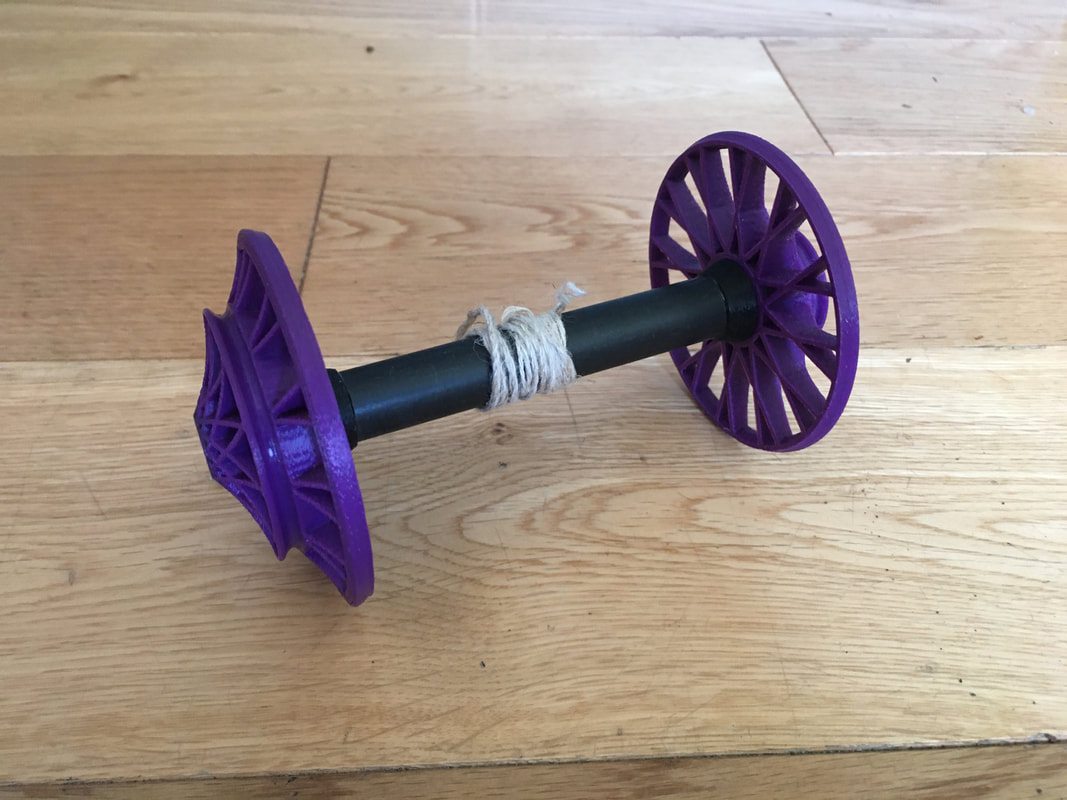
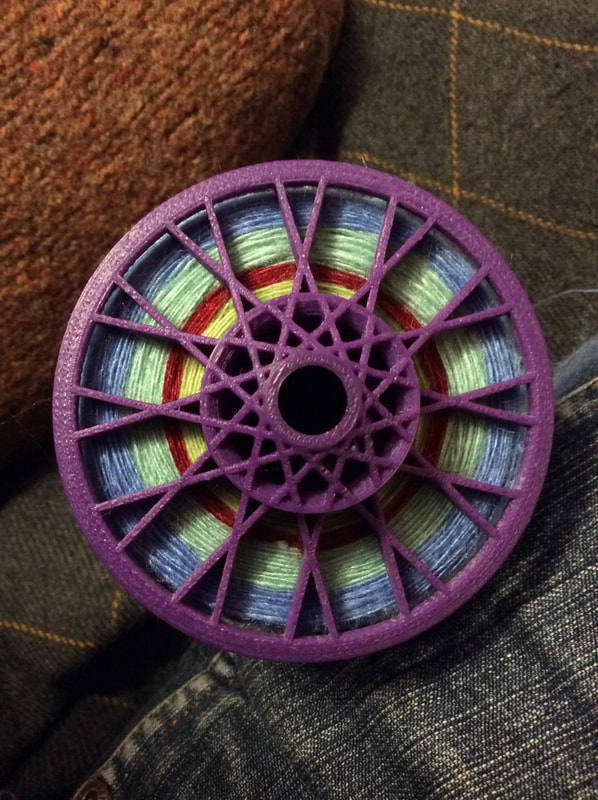
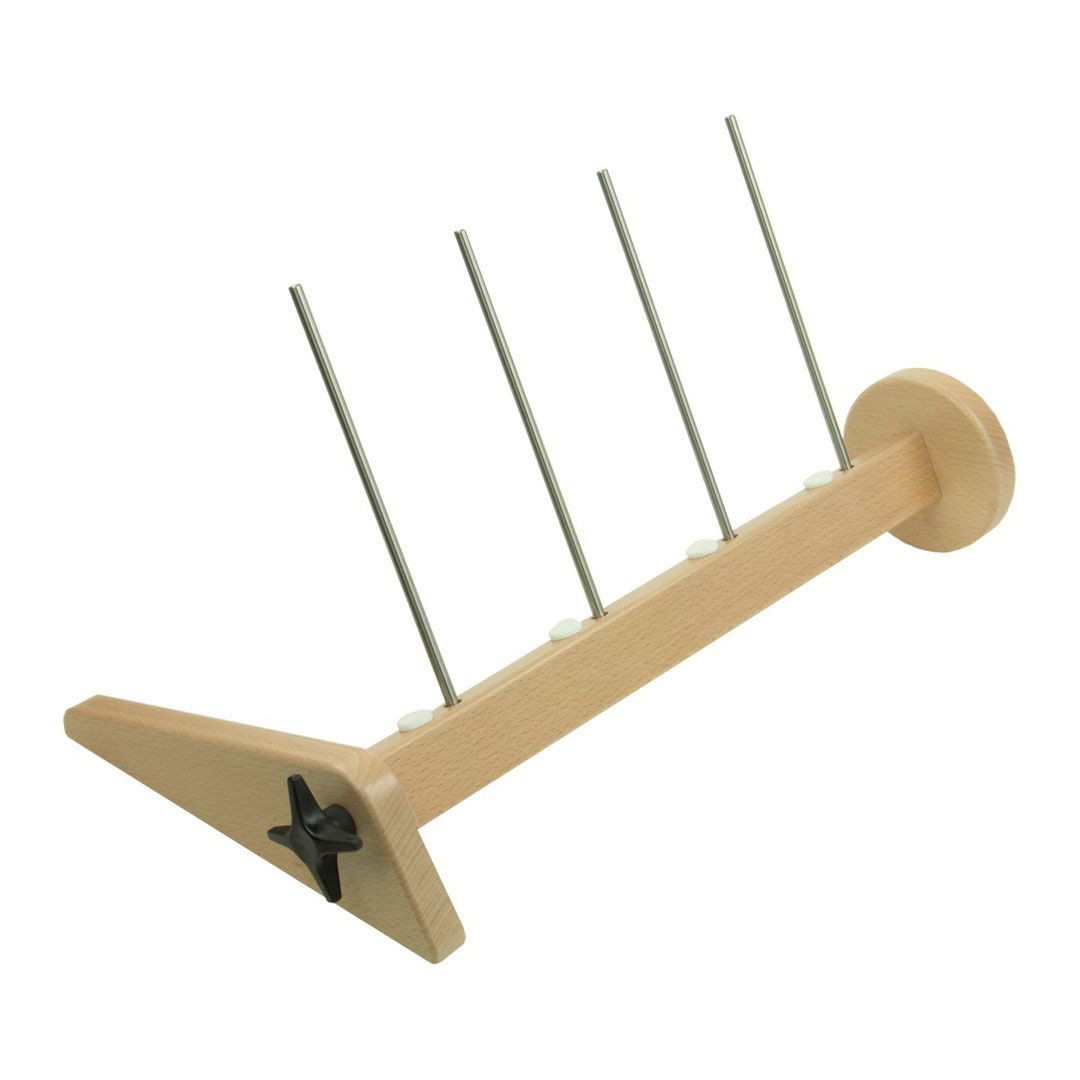
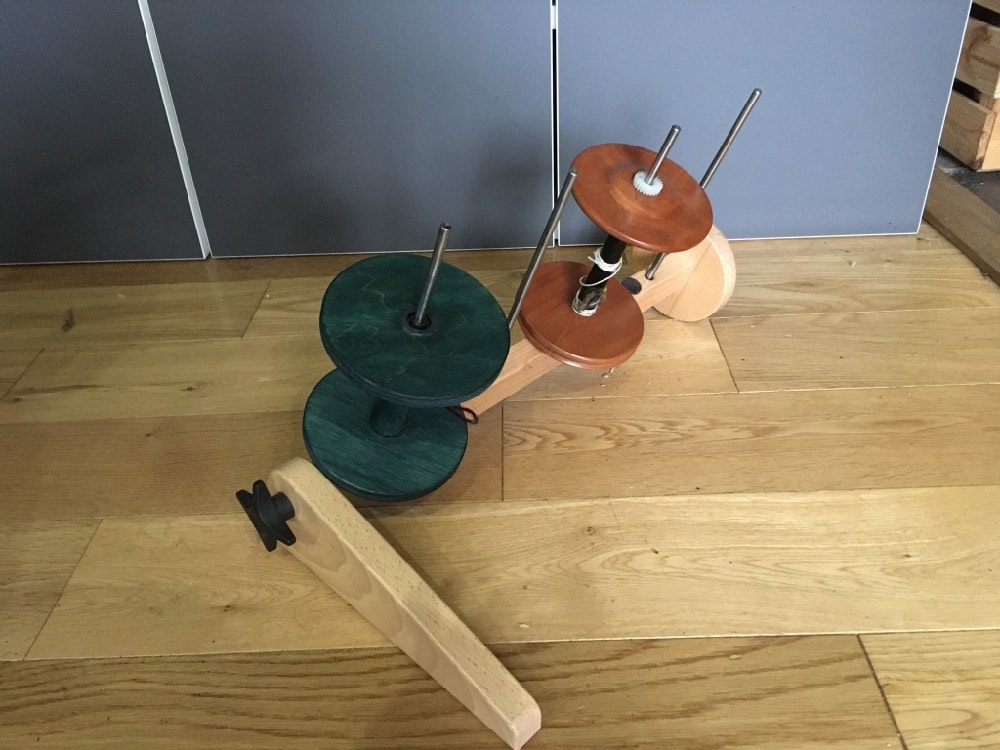
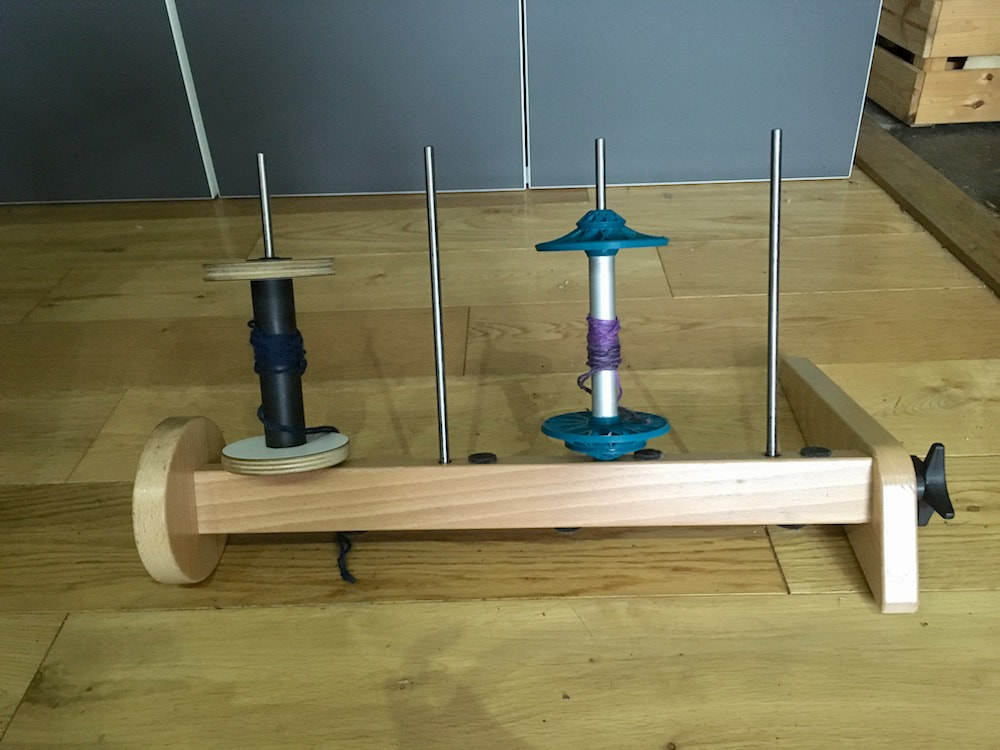
 RSS Feed
RSS Feed


